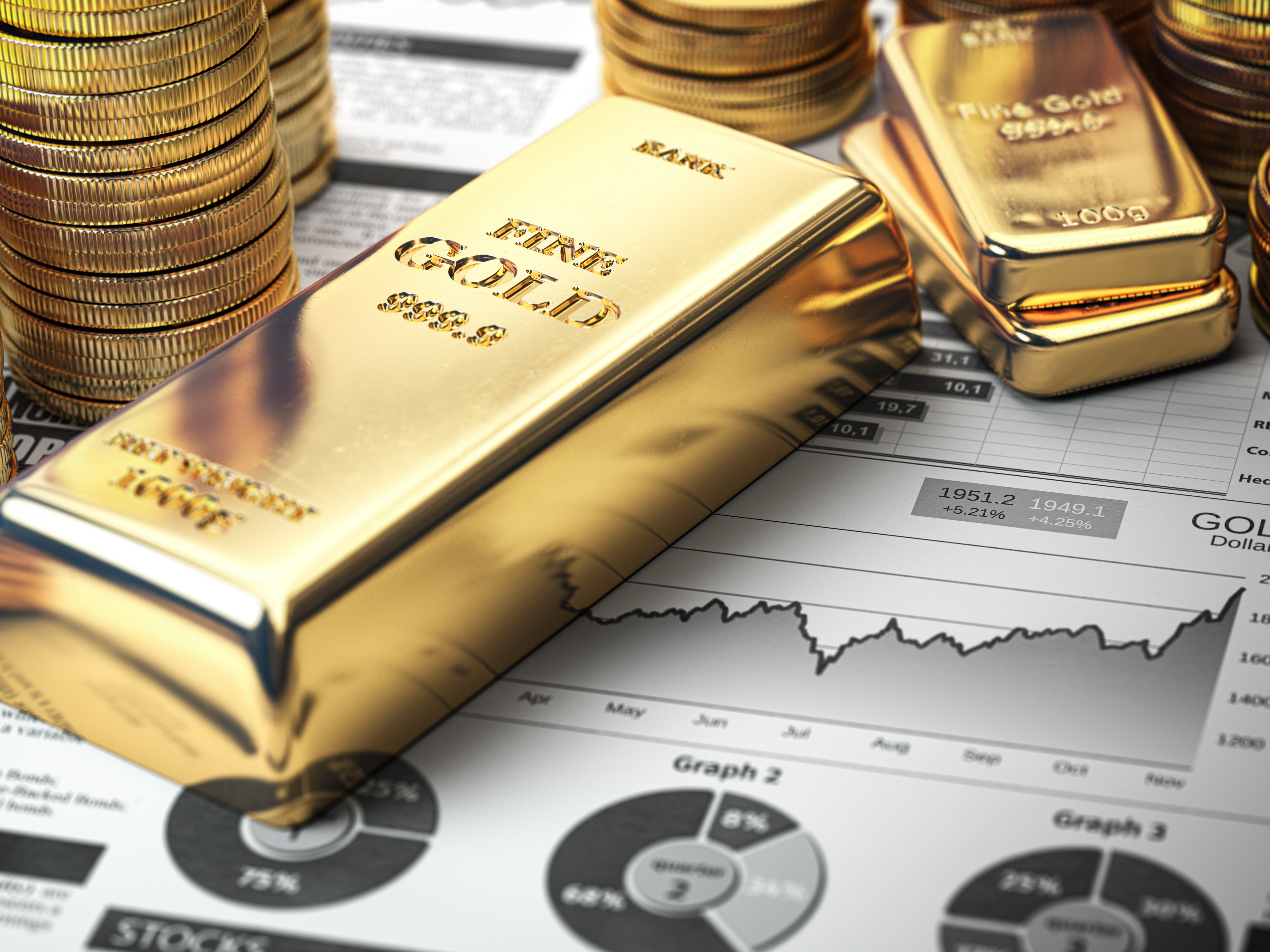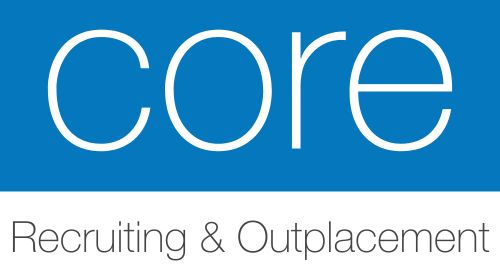
gold ira investment opportunities
FollowOverview
-
Founded Date September 5, 1964
-
Sectors Legal and Compliance
Company Description
Understanding Precious Metals IRA: A Information to Investing in Gold, Silver, And Other Treasured Metals
Lately, the interest in treasured metals as an investment automobile has surged, notably within the form of a Valuable Metals Individual Retirement Account (IRA). This text aims to supply a complete understanding of what a Precious Metals IRA is, how it works, its advantages, and issues for traders seeking to diversify their retirement portfolios.
What’s a Precious Metals IRA?
A Precious Metals IRA is a specialized kind of Particular person Retirement Account that allows traders to hold bodily valuable metals, resembling gold, silver, platinum, and palladium, as a part of their retirement financial savings. In contrast to conventional IRAs, which typically hold paper assets like stocks and bonds, a Precious Metals IRA offers the opportunity to invest in tangible assets that can function a hedge towards inflation and financial uncertainty.
Varieties of Valuable Metals Allowed in an IRA
The internal Income Service (IRS) has particular guidelines concerning which types of valuable metals might be included in a Precious Metals IRA. The following metals are typically permitted:
- Gold: Should be no less than 99.5% pure. Widespread choices include American Gold Eagles, Canadian Gold Maple Leafs, and gold bars from authorized refiners.
- Silver: Should be at the very least 99.9% pure. Common decisions include American Silver Eagles, Canadian Silver Maple Leafs, and silver bars from acknowledged manufacturers.
- Platinum: Must be a minimum of 99.95% pure. Traders typically choose American Platinum Eagles and other permitted platinum bullion.
- Palladium: Should also be not less than 99.95% pure. Options embrace American Palladium Eagles and other acknowledged palladium merchandise.
The best way to Set up a Precious Metals IRA
Establishing a Precious Metals IRA involves several steps:
- Select a Custodian: Choose a professional custodian who makes a speciality of Treasured Metals IRAs. The custodian will manage your account, guaranteeing compliance with IRS regulations and safeguarding your belongings.
- Fund Your Account: You can fund your Precious Metals IRA by way of a rollover from an present retirement account, similar to a 401(k) or one other IRA, or by making a brand new contribution. Remember of the contribution limits set by the IRS.
- Select Your Valuable Metals: Work along with your custodian to decide on the particular valuable metals you would like to include in your IRA. Ensure that the metals meet the purity and approval necessities set by the IRS.
- Storage: Valuable metals held in an IRA have to be stored in an IRS-approved depository. Your custodian will help arrange for secure storage, making certain that your metals are safe and accessible when needed.
Benefits of Investing in a Precious Metals IRA
- Hedge Against Inflation: Treasured metals have historically maintained their worth during periods of inflation, making them a popular selection for buyers looking to guard their purchasing energy.
- Diversification: Including treasured metals in your retirement portfolio can provide diversification, decreasing general threat. Valuable metals typically transfer independently of stocks and bonds, which will help stabilize your portfolio during market volatility.
- Tangible Assets: In contrast to paper belongings, treasured metals are bodily commodities you could hold in your hand. This tangibility can provide peace of thoughts for buyers involved about financial instability.
- Tax Advantages: Like conventional IRAs, Precious Metals IRAs provide tax-deferred development. You won’t pay taxes on any gains till you withdraw funds during retirement, doubtlessly reducing your total tax burden.
Issues and Dangers
Whereas investing in a Precious Metals IRA can offer several advantages, there are also important concerns and risks to remember:

- Charges: Treasured Metals IRAs often come with larger charges than traditional IRAs. These can include setup fees, storage fees, and transaction charges for buying and selling metals. It’s crucial to understand these prices and the way they may impact your funding.
- Market Volatility: The prices of precious metals might be unstable and influenced by various components, together with economic situations, geopolitical occasions, and changes in provide and demand. In case you have virtually any questions about in which as well as how you can work with secure ira investments in gold, you possibly can e-mail us with our web site. Traders needs to be ready for fluctuations in the worth of their investments.
- Limited Liquidity: Whereas precious metals will be sold for money, the method will not be as simple as selling stocks or bonds. Depending on market conditions, it might take time to promote your metals and access your funds.
- IRS Rules: Compliance with IRS regulations is vital when managing a Precious Metals IRA. Failure to adhere to those guidelines can lead to penalties and taxes. It is essential to work with a knowledgeable custodian who can guide you through the requirements.
Conclusion
A Precious Metals IRA generally is a valuable addition to your retirement funding strategy, providing benefits such as diversification, inflation safety, and the safety of tangible belongings. However, it is essential to conduct thorough research and understand the associated dangers and prices. By working with a certified custodian and making knowledgeable selections, you possibly can effectively incorporate valuable metals into your retirement portfolio and probably enhance your monetary safety for the longer term.
As with any investment, it’s advisable to consult with a monetary advisor to find out how a Precious Metals IRA suits into your general retirement planning technique. By doing so, you possibly can ensure that you’re making educated choices that align along with your lengthy-term monetary objectives.
